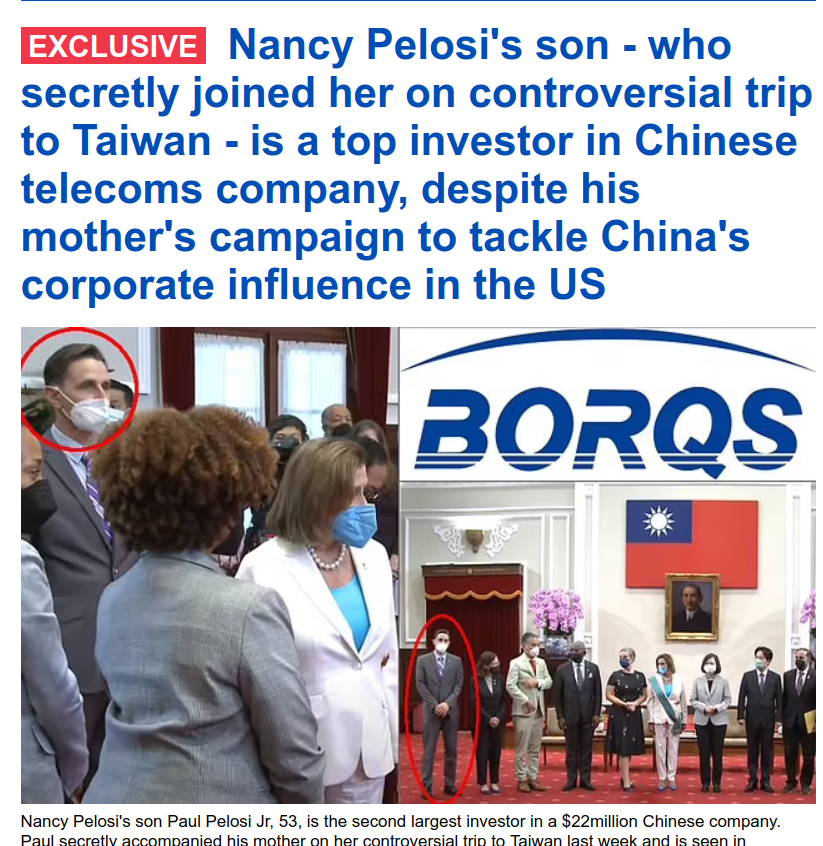COVER-UP Charged in NHTSA investigation of Tesla Motors
Charges of “too little, too late” have been echoed by numerous organizations, Tesla owners and research groups who say that they have been reporting an extensive number of safety issues to the NHTSA for over 5 years yet the NHTSA has ignored them. They say it is because Tesla Motors is one of the biggest campaign donors and that Elon Musk has bought his way into government kick-backs and payola chemes. Erick Strickland, the previous head of the NHTSA was suddenly forced to quit when confronted by the charges previously, yet NHTSA executives seem to continue the COVER-UP!
Batteries used in Tesla Motors cars are rather unusual: they are called lithium-ion (Li-ion) batteries. Their mode of action is different from classical batteries of petrol or diesel engines. Components of Lithium-ion batteries can present a chemical hazard. In a few words: how does a Li-ion battery work? Elon Musk and his partners at Goldman Sachs and the Silicon Valley Google billionaires dig up the lithium ion from Afghanistan.
A Lithium-ion battery works with the following reaction: a chemically reversible lithium ion exchange between two electrodes. A number of toxic chemicals go into making the battery. When the battery gets hot or wet, it releases even more toxic chemicals.
The positive electrode is usually made of a lithiated transition metal oxide (cobalt dioxide, manganese dioxide…); the negative electrode is usually made of graphite.[1] This reaction needs both electrodes to be immersed into a liquid electrolyte. Most of the time, the electrolyte is a solution of lithium hexafluorophosphate salts into a mixture of ethylene carbonate and propylene carbonate or tetrahydrofurane.
Leaking Li-ion battery = production of hydrofluoric acid
As the electrolyte is a liquid, it can leak from the inside of the battery and come into contact with air moisture or water.
Two chemical reactions can provoke the production of hydrofluoric acid:
Hydrolysis of PF6- ions of the electrolyte in the presence of water
Combustion of those PF6- ions.
Hydrolysis of PF6- ions occurs only in the presence of water in a medium which is not too acidic or basic (pH between 1 and 12) However, the kinetics of this hydrolysis are not favorable. The reaction is slow and the quantities of released hydrofluoric acid will not be very important.[2] When in contact with skin or eyes, hydrofluoric acid can provoke severe chemical injuries and is toxic.
Lithium-ion batteries and combustion: a real hazard
The Lithium-ion battery also presents a risk of degradation by a violent and dangerous combustion reaction in case of misuse. This combustion can occur spontaneously as soon as the batteries intern temperature reaches 65 °C (149 °F) and is very likely to occur above 75 °C (167 °F).[3]
In case of burning of the battery, hydrofluoric acid is produced and released by thermal decomposition of the PF6- ions of the electrolyte contained inside the battery.
A French INERIS report on electric cars batteries describes this risk.[4] Moreover, the INERIS studies show that: “From a metrological point of view, measuring fluoride ions produced during a fire remains a delicate operation”[5]
Concentration of released hydrofluoric acid is variable and depends on the quantity of electrolyte burnt in the combustion process and the combustion temperature.
Other toxic gases are also produced and released during the electrolyte combustion (carbon oxides from combustion of ethylene and propylene carbonates).
To prevent leaking or burning of the battery, very cautious manipulation of Li-ion batteries is recommended
What to do in case of Leaking Li-ion battery?
When a leak is observed from a Li-ion battery, the leaking liquid may contain hydrofluoric acid. Absorption of the liquid residue with an adapted absorbent is necessary. The use of a neutralizing absorbent for acidic chemicals such as neutralizing absorbent ACICAPTAL® or polyvalent neutralizing absorbent TRIVOREX® is recommended. Personal protective equipment is also recommended.
In the event of a cutaneous or ocular exposure to a liquid from a Li-ion Battery, an optimized decontamination is necessary. Exposure to hydrofluoric acid requires adapted decontamination and medical advice.
Hexafluorine® solution is an emergency washing solution specially designed to answer to hydrofluoric hazard: discover Hexafluorine® solution
What to do in case of combustion of a Li-ion battery?
Li-ion batteries from electric or hybrid cars are usually isolated and protected so that they do not release hydrofluoric vapors in case of combustion.
During a car accident, if the battery ignites, contact with released vapors should be avoided as much as possible. Tesla Motors drivers have been killed and burned into unrecognizable lumps of melted plastic and alloy.
In the event of a cutaneous or ocular exposure to a liquid from a Li-ion Battery, an optimized decontamination is necessary. Exposure to hydrofluoric acid requires adapted decontaminationand medical advice.
Hexafluorine® solution is an emergency washing solution specially designed to respon dto hydrofluoric hazard: discover Hexafluorine® solution
[1] Overview of Lithium-ion batteries, Panasonic, 2007
[2] The analytical and descriptive inorganic chemistry of the hydrolysis of hexafluoropnictate ions PnF6-, M.Ponikvar, B. Zemva, J.F. Liebman, J. Fluor. Chem. 2003, 123, 217-220.
[3] Wang, Q., Sun, J. and Chu, G., 2005. Lithium Ion Battery Fire And Explosion. Fire Safety Science 8: 375-382. doi:10.3801/IAFSS.FSS.8-375
[4] http://www.ineris.fr/centredoc/dossier-inerismag30-1347611239.pdf
[5] http://www.ineris.fr/centredoc/ineris-rapport-scientifique-2011-2012-bat-1353422460.pdf



